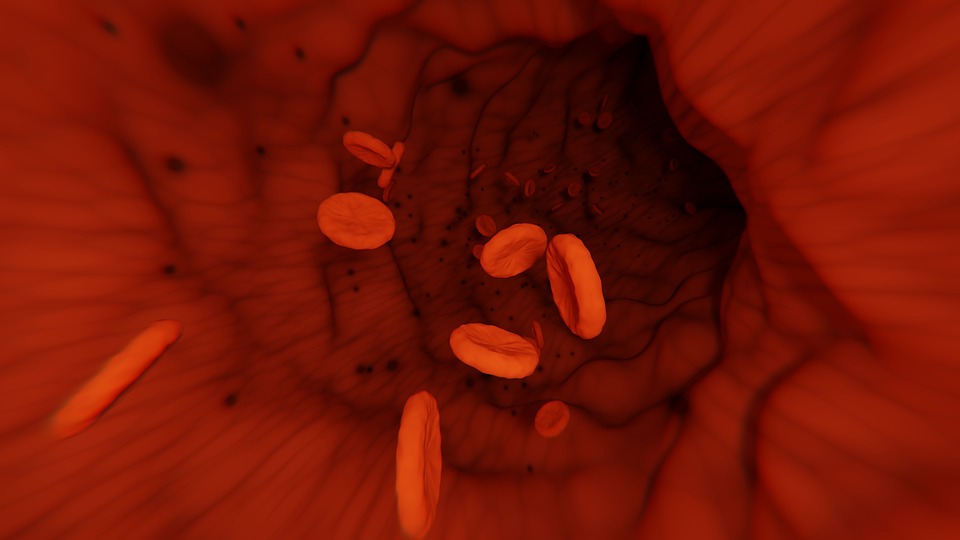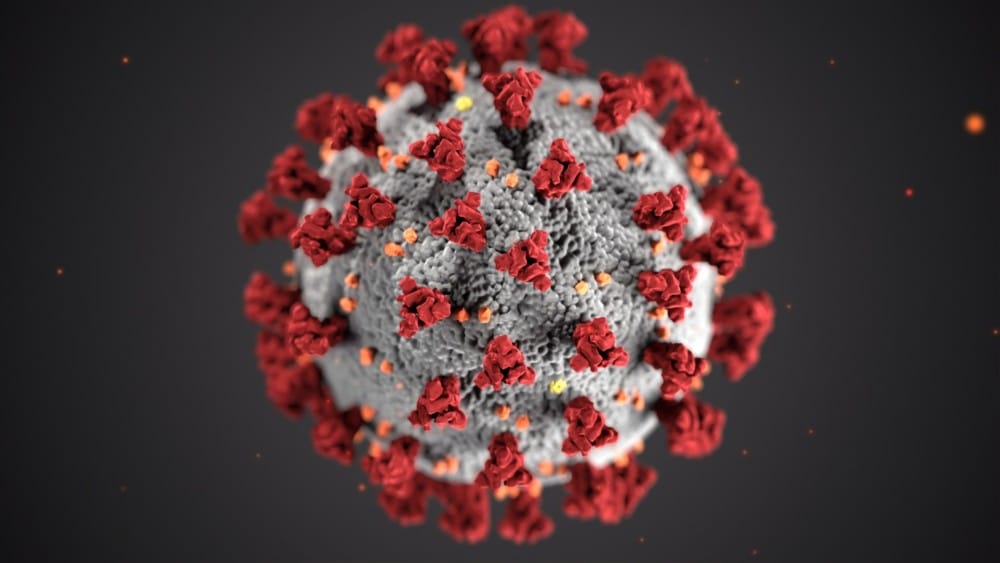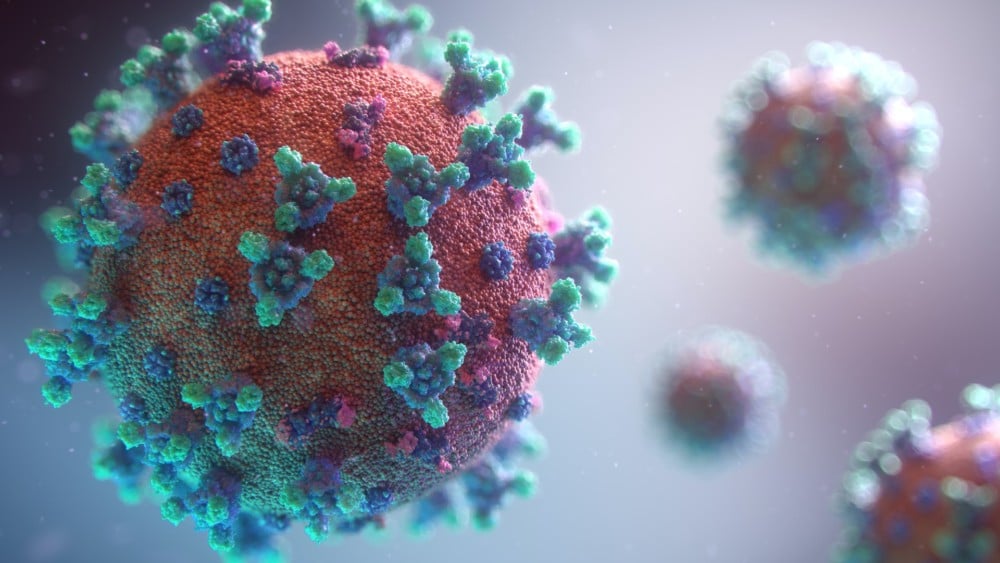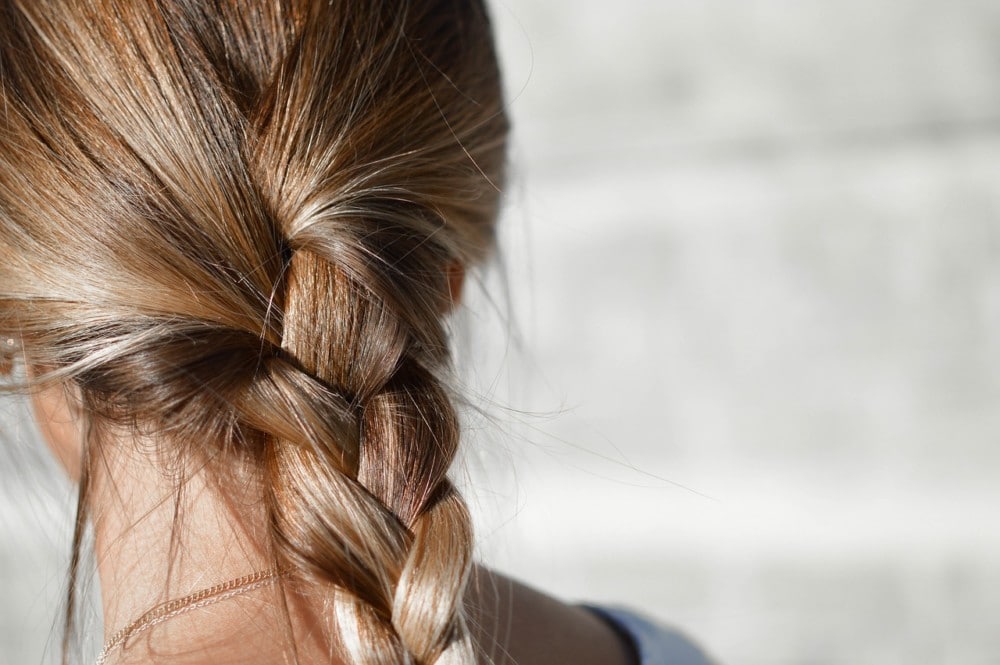Have you ever heard of platelet-rich plasma (PRP)? platelet-rich plasma is a procedure that was developed quite recently as a way to accelerate the healing time of injuries such as muscles tears.
PRP injections is a common way to accelerate the healing of long-term injuries like ACL, meniscus, and scapula tears.
PRP injections are used often by sportsmen in the NFL or NBA to recover from injuries, but research is beginning to be done on PRP injections as a way of treating androgenic alopecia.
Androgenic alopecia is genetic pattern baldness in both men and women. It is the most common cause of hair loss and will effect about 3 in 5 men over the age of 30, and 1 in 3 women over the age of 45.
It can bring about a lack of confidence in the dating world, and lead to anxiety and depression which unfortunately can increase hair loss.
There are many conventional pharmaceuticals like rogaine and propecia that are approved by the FDA to treat hair loss, but they sometimes don’t work, and sometimes have side effects.
What is Platelet-Rich Plasma?
What PRP is is something really quite cool. The procedure involves drawing a certain amount of blood from the patient and then placing it in a centrifuge.
Once inside, the blood is spun around the centrifuge until the concentration of platelets in the blood sample are 6-7 times greater than normal.
After words, an extracellular matrix known as ACell, which may stimulate follicle stem cells, is added to the platelet-rich blood.
This concentration is then injected back into the body – for instance patients suffering from something like an ACL tear – near to where the injury occurred such as the knee.
But this concentration can also be injected right into the parts of the scalp where the hair is thinning.
Breakthrough or Bust?
A team of researchers in India looked to see what the results of using PRP injections to treat androgenic alopecia would be.
11 patients suffering from hair loss due to androgenic alopecia were included in a study to see if PRP could solve this problem.
Every two weeks, the patients would receive a certain amount of PRP injected into their scalp. The procedure was repeated 4 times over 8 weeks.
“A significant reduction in hair loss was observed between first and fourth injection. Hair count increased from average number of 71 hair follicular units to 93 hair follicular units,” reads the study.
“Therefore, average mean gain is 22.09 follicular units per cm2. After the fourth session, the pull test was negative in 9 patients”.
Furthermore, the 11 patients selected had all failed to achieve hair growth after 6 months of treatment with minoxidil and finasteride – FDA-approved compounds found in hair loss and regrowth treatments.
In conclusion
Not only does PRP work for regrowing hair, but it does so when other conventional drugs could not.
This is a major step in the fight against pattern baldness and could represent hope for those who otherwise have none.
You can try and find out whether this procedure is right for you by calling your dermatologist, or seeing if there is a center near you that conducts PRP procedures.
Leanne Richardson
Leanne Richardson loves writing about hair because she believes that a head full of great-looking hair is a thing of joy and beauty. Her expert and practical advice come from her wide exposure to the field of hair care from an early age.





















